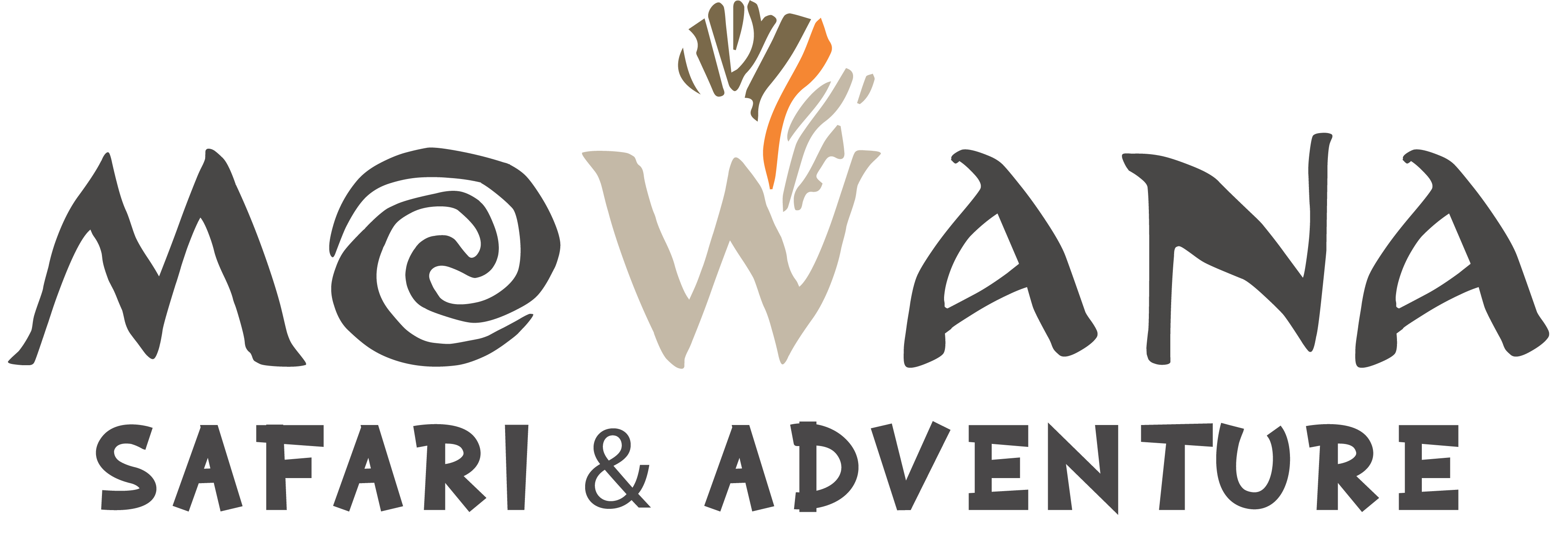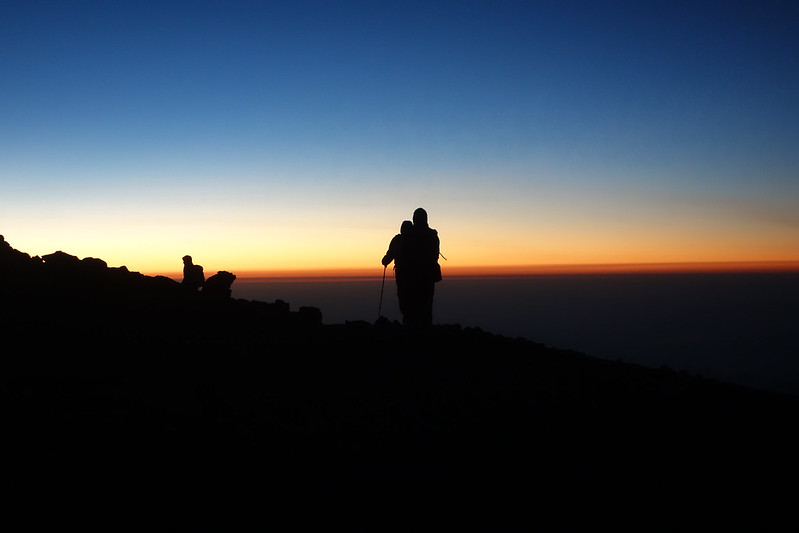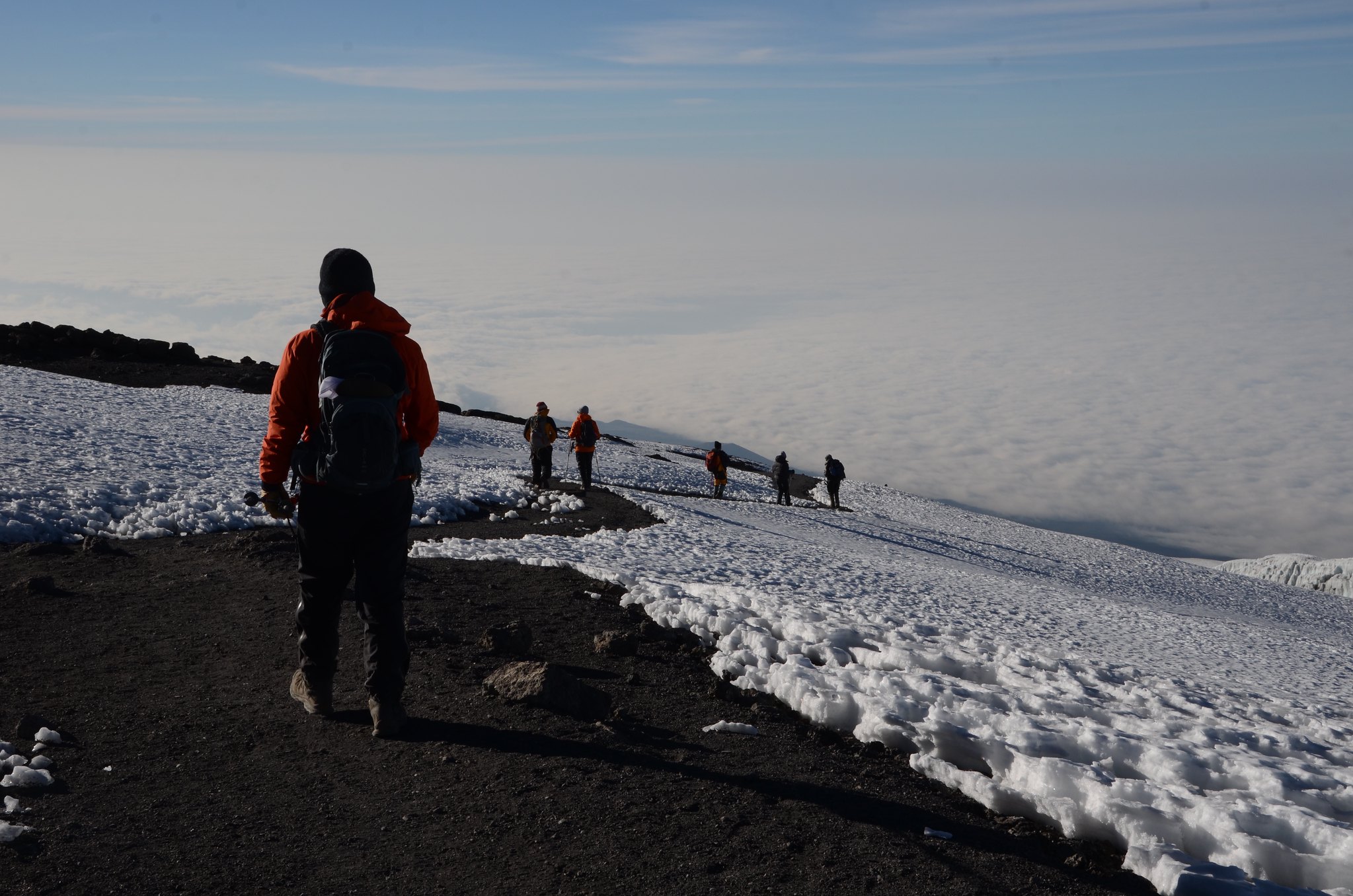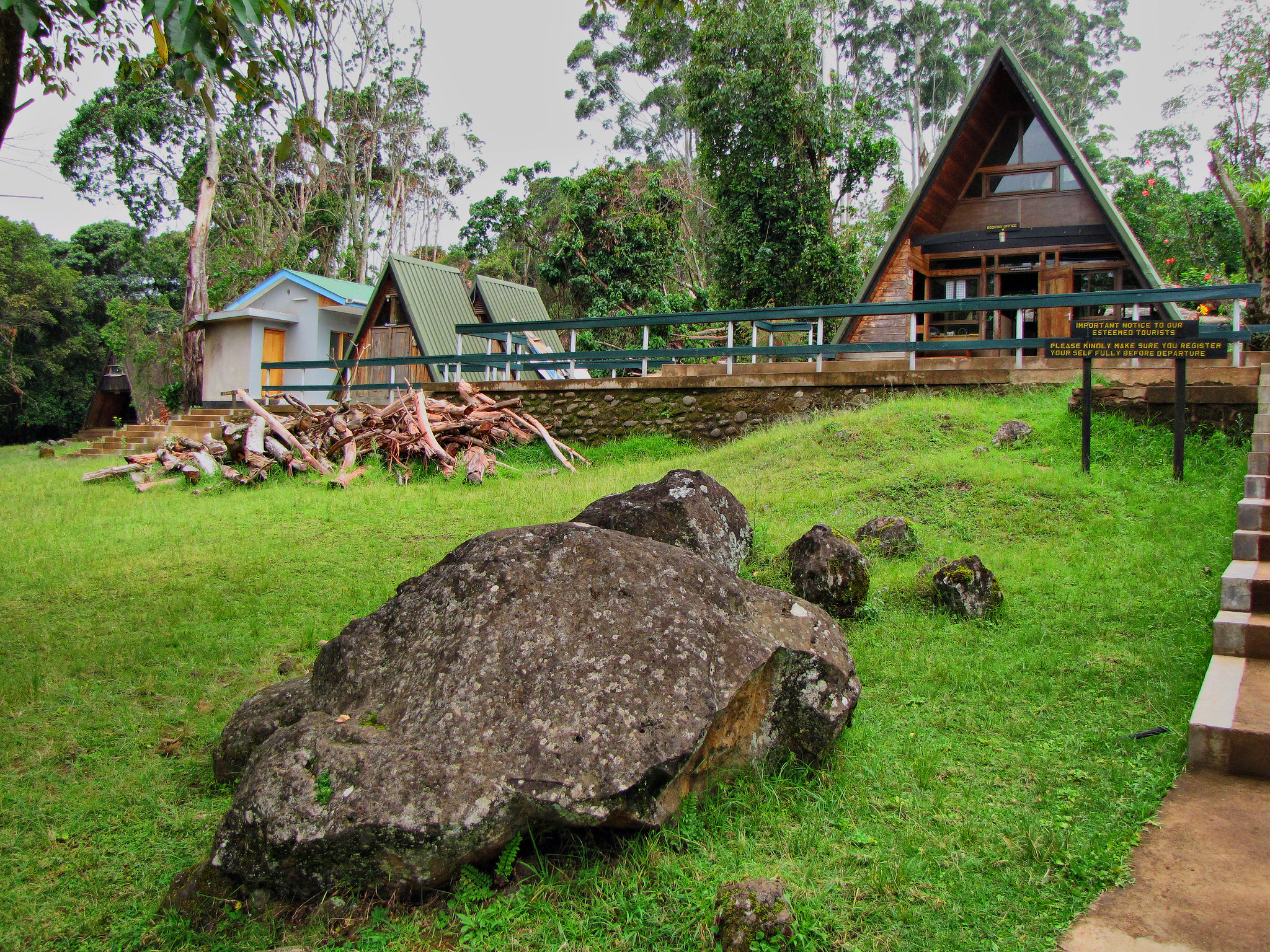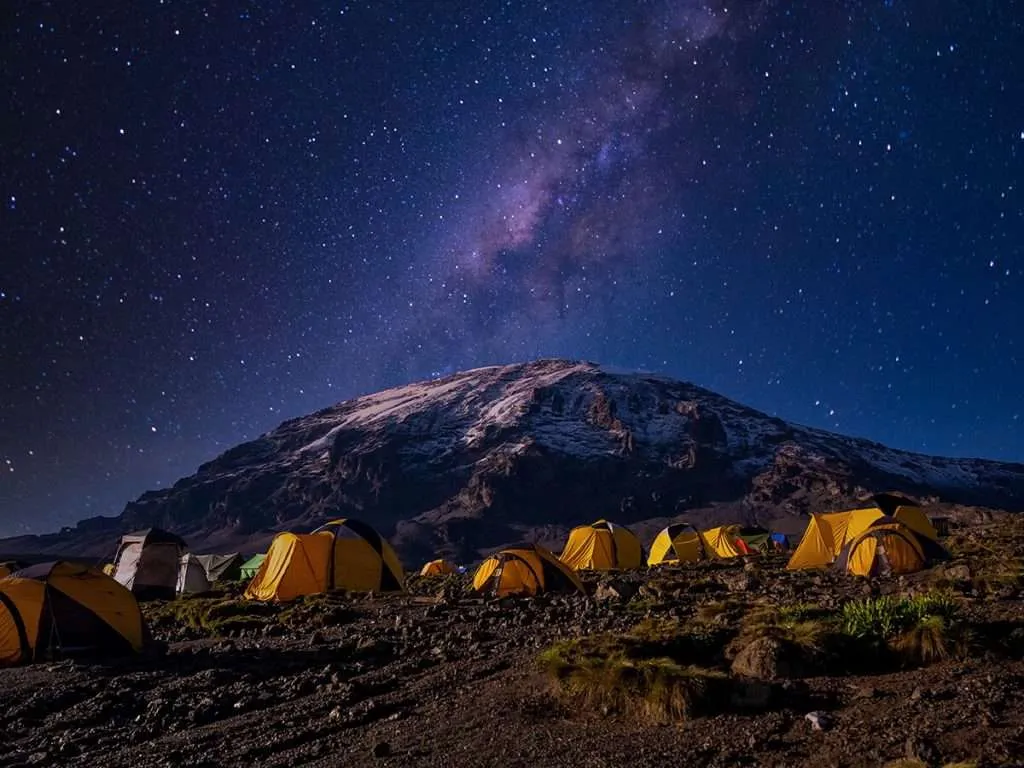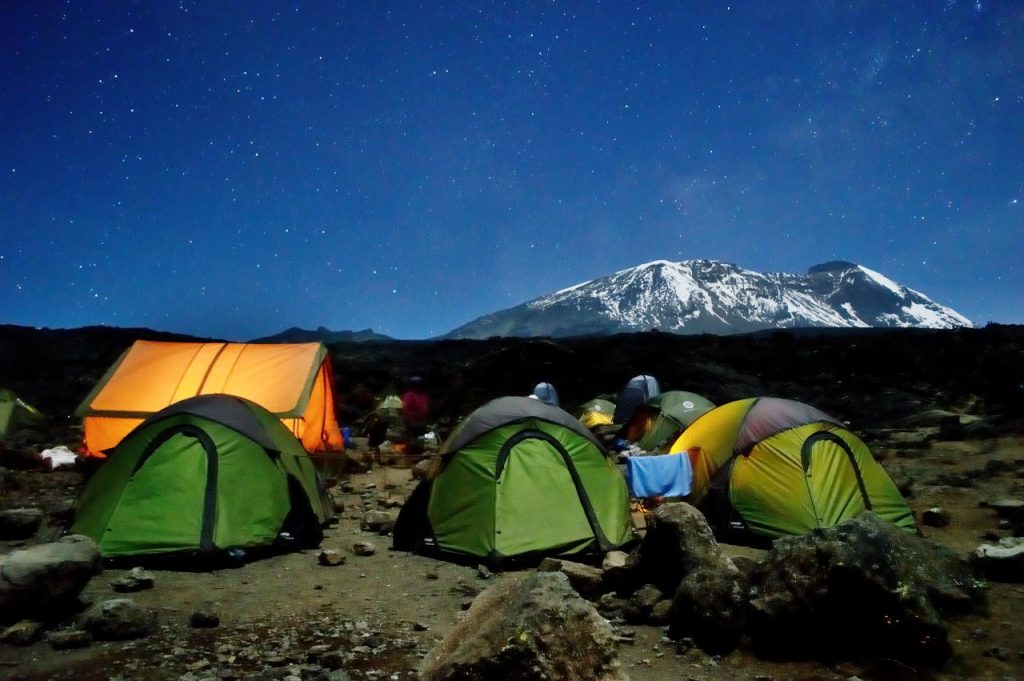TANZANIA TREKKING & CLIMBING
98% Mount Kilimanjaro Summit success rate.
Kilimanjaro, Africa's highest peak, is a free-standing, snow-covered dormant volcano. It may be visible from as far as Kenya and Amboseli National Park in northeast Tanzania.
Mount Kilimanjaro Climbing
Kilimanjaro attracts 75,000 mountaineering enthusiasts each year, thus it is neither the most remote nor the most difficult. It is, however, a true test of endurance, with altitude sickness being the leading cause of hikers failing to reach the summit of Kilimanjaro. Despite the fact that it has become a very popular challenge and the experience has grown somewhat crowded with other climbers, we nevertheless strongly suggest it to everyone with a passion for mountaineering.
Mt. Kilimanjaro is located in northern Tanzania, close to some of Africa’s best safari parks, thus it would be a shame not to visit the Serengeti, Ngorongoro, or Tarangire while on an ascent.
There are hundreds of operators on Mount Kilimanjaro, but we have chosen to engage with only two over the years because of their safety record, guides, and affordability. Climbing Kilimanjaro can be quite risky, so be sure you’re in the correct company!
kilimanjaro Packages
Kilimanjaro Routes
There are seven established routes to climb Mount Kilimanjaro – Marangu, Machame, Lemosho, Shira, Rongai, Northern Circuit and Umbwe. The Marangu, Machame, and Umbwe routes all approach from the south of the mountain (Mweka is used only for descent). The Lemosho, Shira and Northern Circuit routes approach from the west. The Rongai route approaches from the north. The illustrations below depict a three-dimensional view of Kilimanjaro’s climbing routes and a close up of the approaches to the summit.
Kilimanjaro is the world’s highest free-standing mountain, and if you reach the top, you’ll be standing at 5,895 meters (19,340 feet) above sea level. Everest’s highest point is 8,848 meters above sea level. It’s also known as Africa’s roof since it towers above East Africa, and the entire continent for that matter. It’s so large that you can’t really see it if you’re standing at the bottom…
Unless you climb Kilimanjaro, seeing Kilimanjaro in Tanzania is tough. If you can withstand the crowds, head to Kenya’s Amboseli National Park for the greatest view of Mount Kilimanjaro. It is located on the Tanzania/Kenya border to the east of Arusha, and if you’re lucky, you might see it on an aircraft from Nairobi. It’s simple to get started climbing after you’ve arrived in Tanzania…
When considering climbing Kilimanjaro, you have two options: go on a fixed departure climb with a group or go on a private climb. Fixed departure dates start at roughly $2,500 per person per person. Private climbs differ based on the number of climbers and the route. If you are a party of more than two people, a private climb may be more cost effective, but please let us know so we can do the arithmetic for you. We don’t go with the cheapest operator; we go with the one we’ve worked with for 20 years and know will take excellent care of our clients.
March to end of May is the wet season on Mount Kilimanjaro and not a great time for trekking. The rest of the year is good though with the absolute peak season being similar to the best game viewing from July through to the end of October. Afterall, you want to be in with a chance of catching your summit on a clear day to get an amazing view from the highest point in Africa.
Although it is possible to simply trek a route to the pinnacle of Kili without relying on professional climbing equipment, it remains a hard and serious endeavour that requires a level of physical fitness, stamina and a realistic awareness of the potentially damaging effects of high altitudes. Many tour operators request that clients consult a doctor before attempting to scale the mountain, and have a physical check-up for overall fitness.
TANZANIA SAFARI & TOURS
Get expert planning advice and new trip ideas from Tanzania’s leading safari travel specialists.
